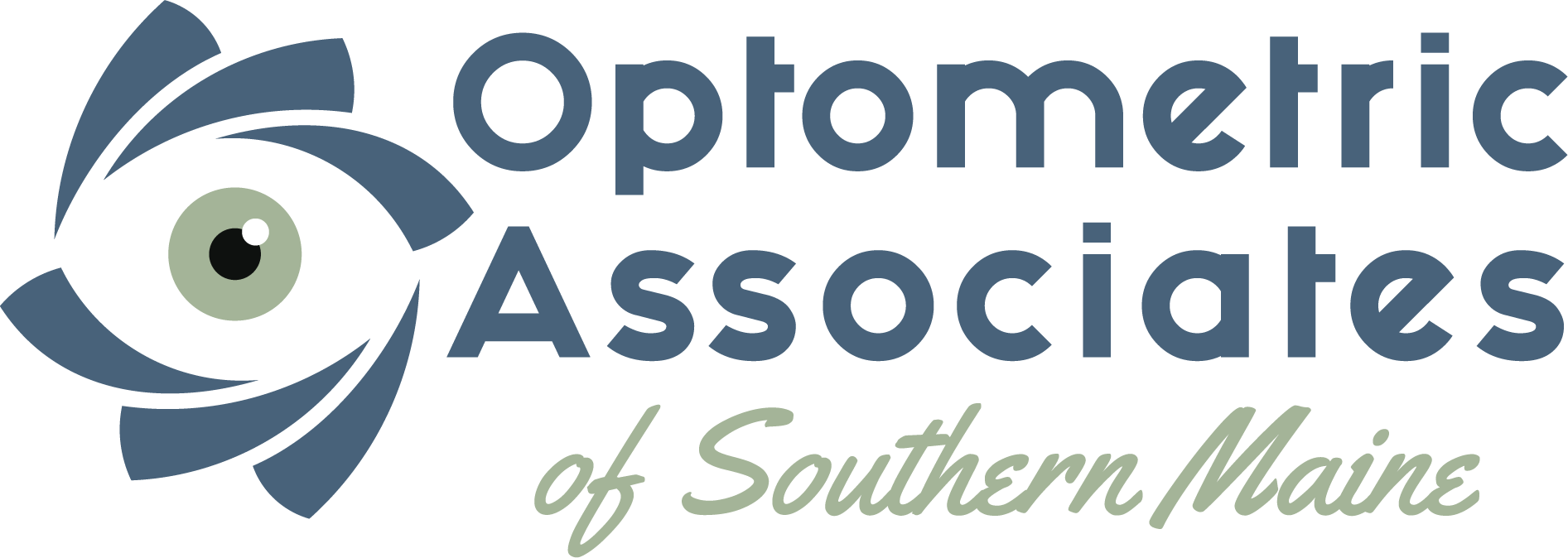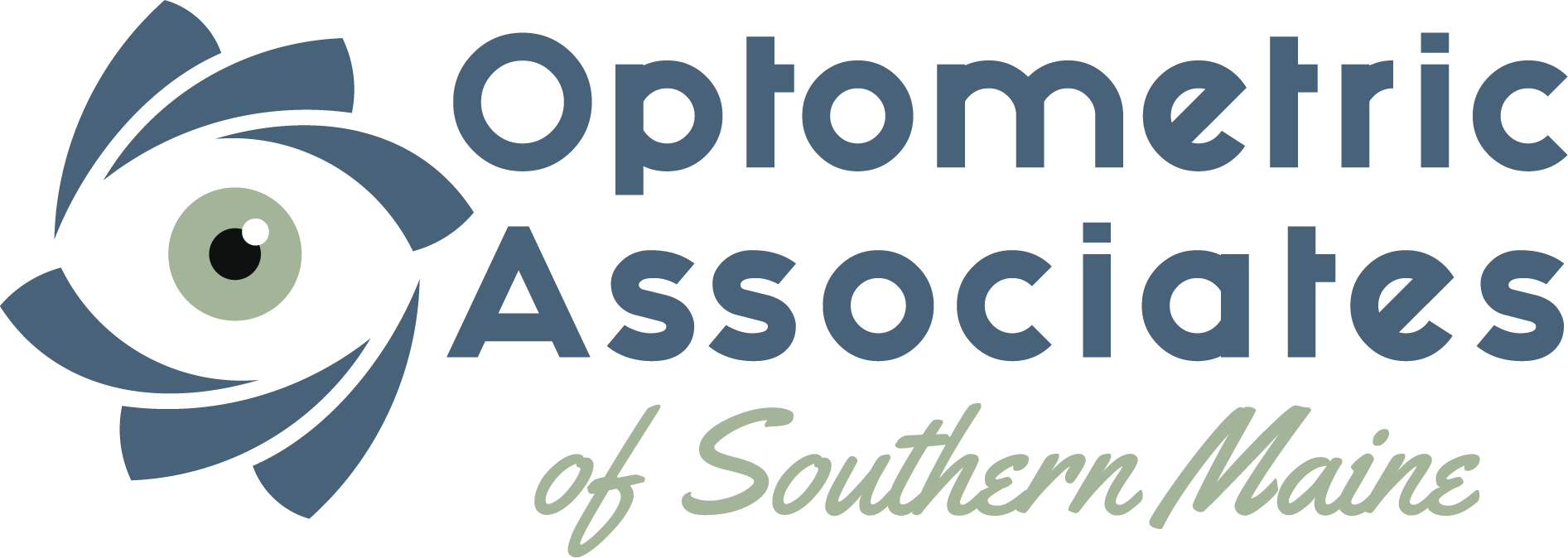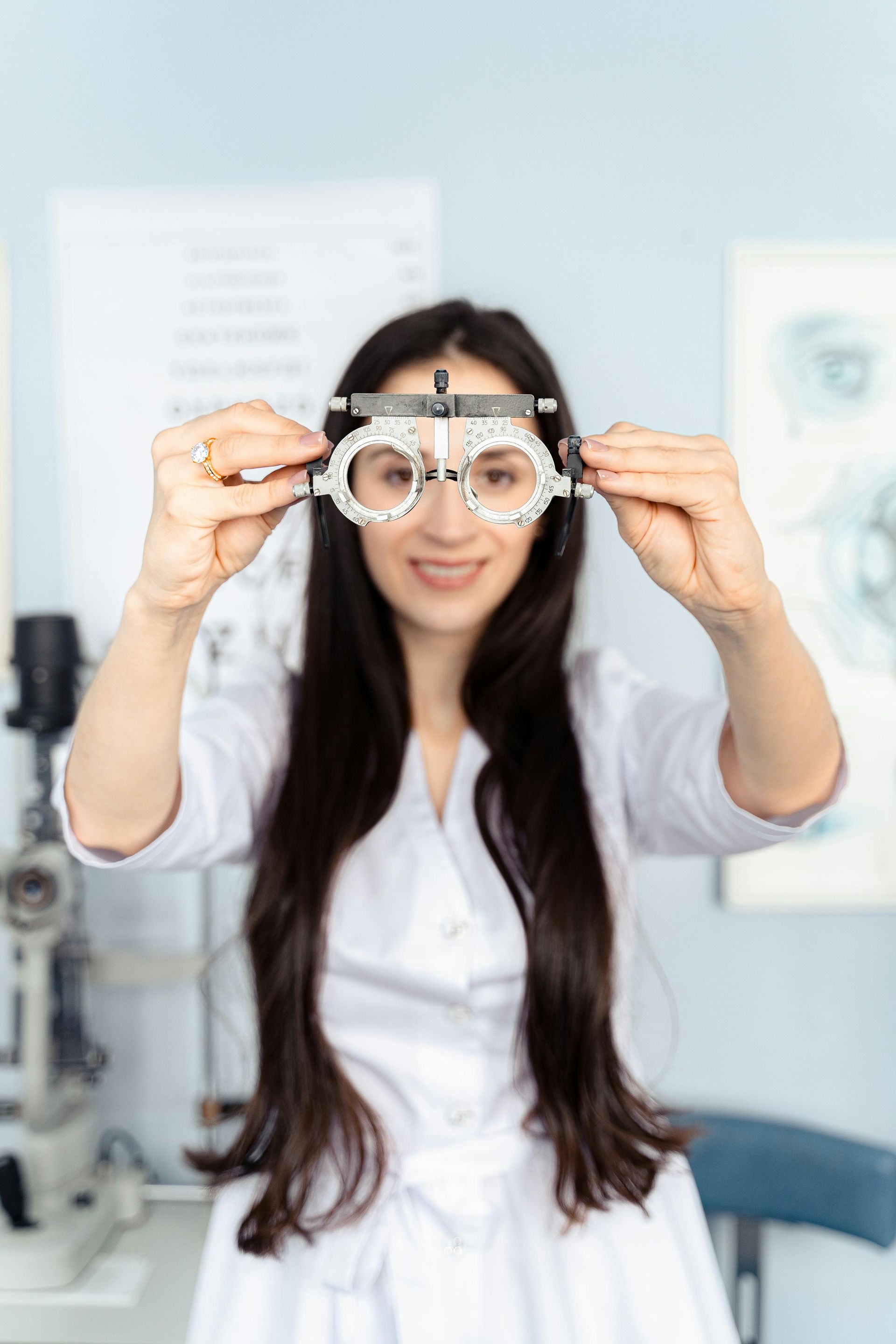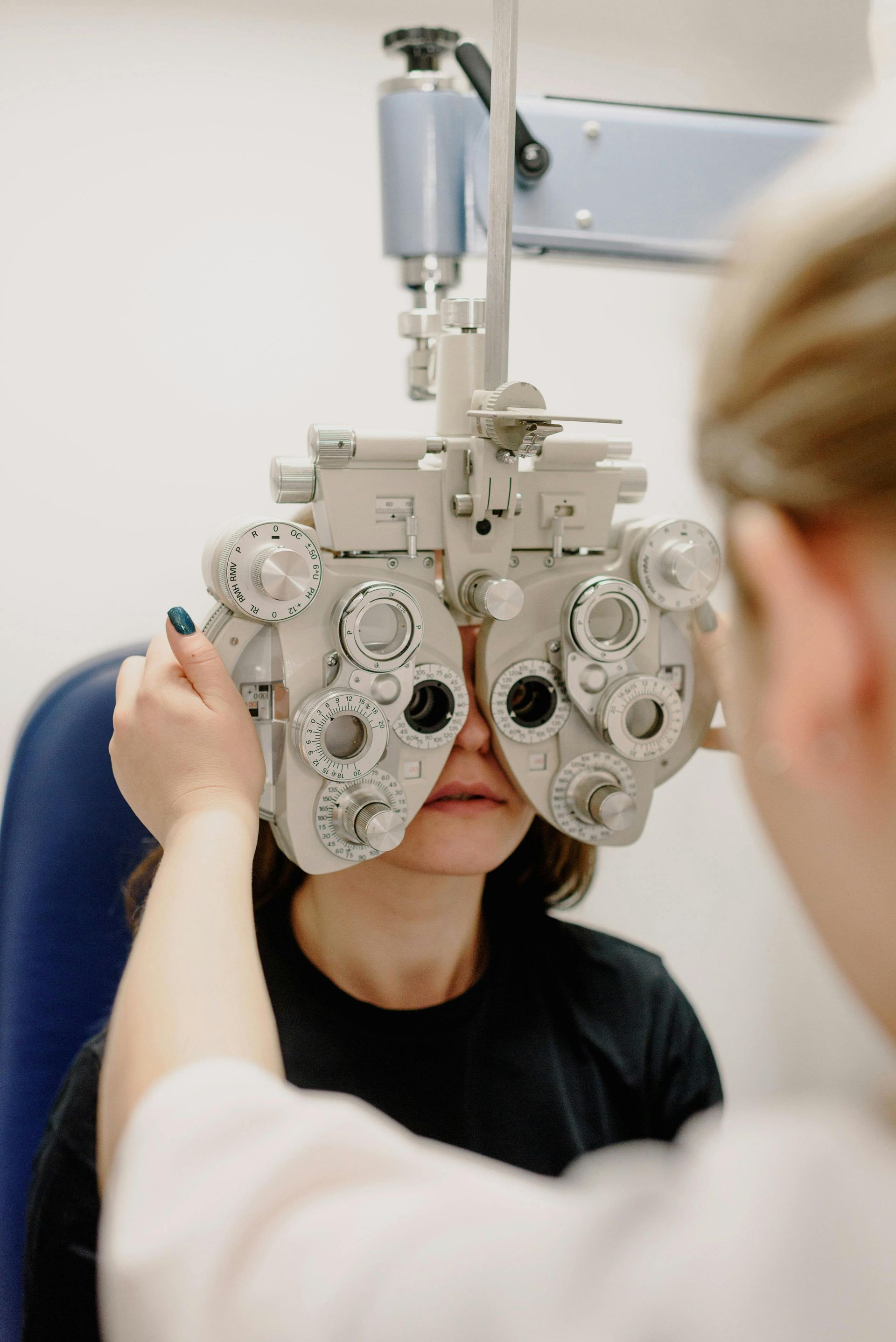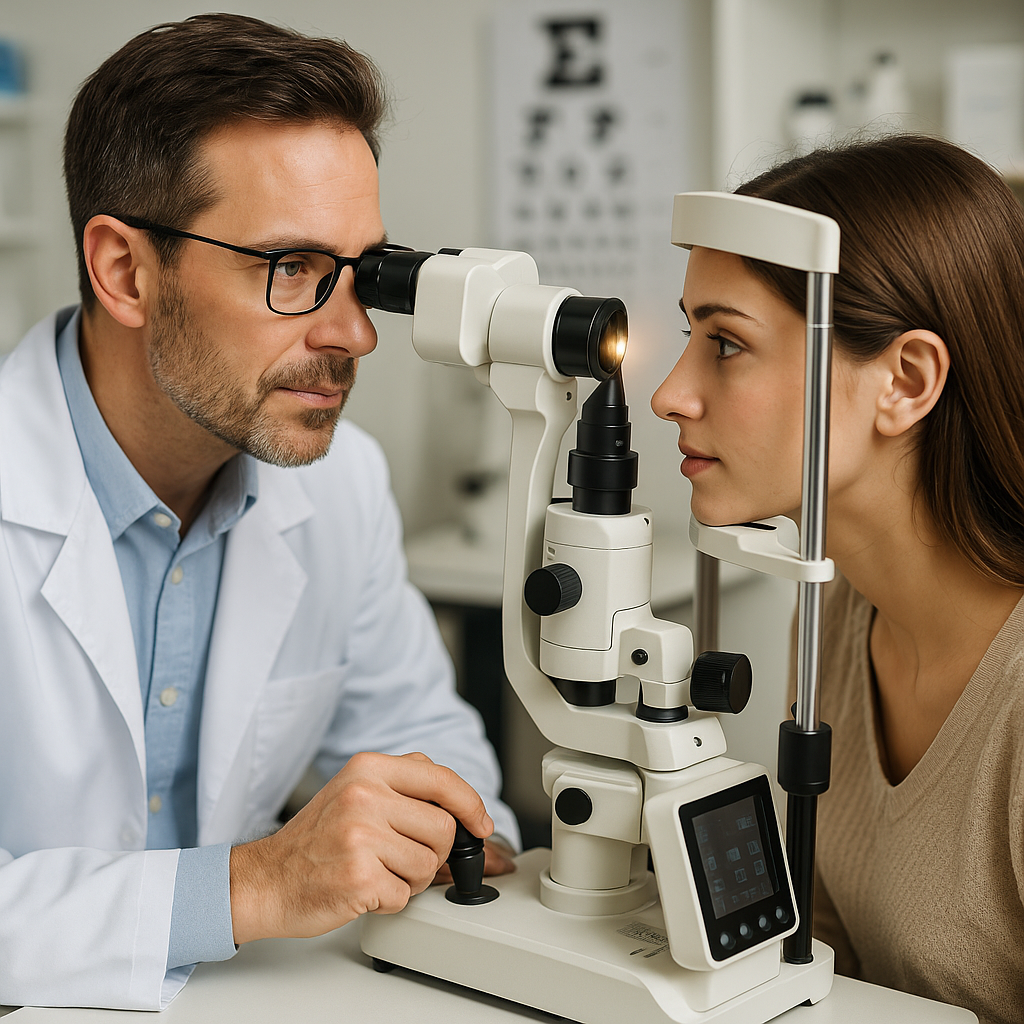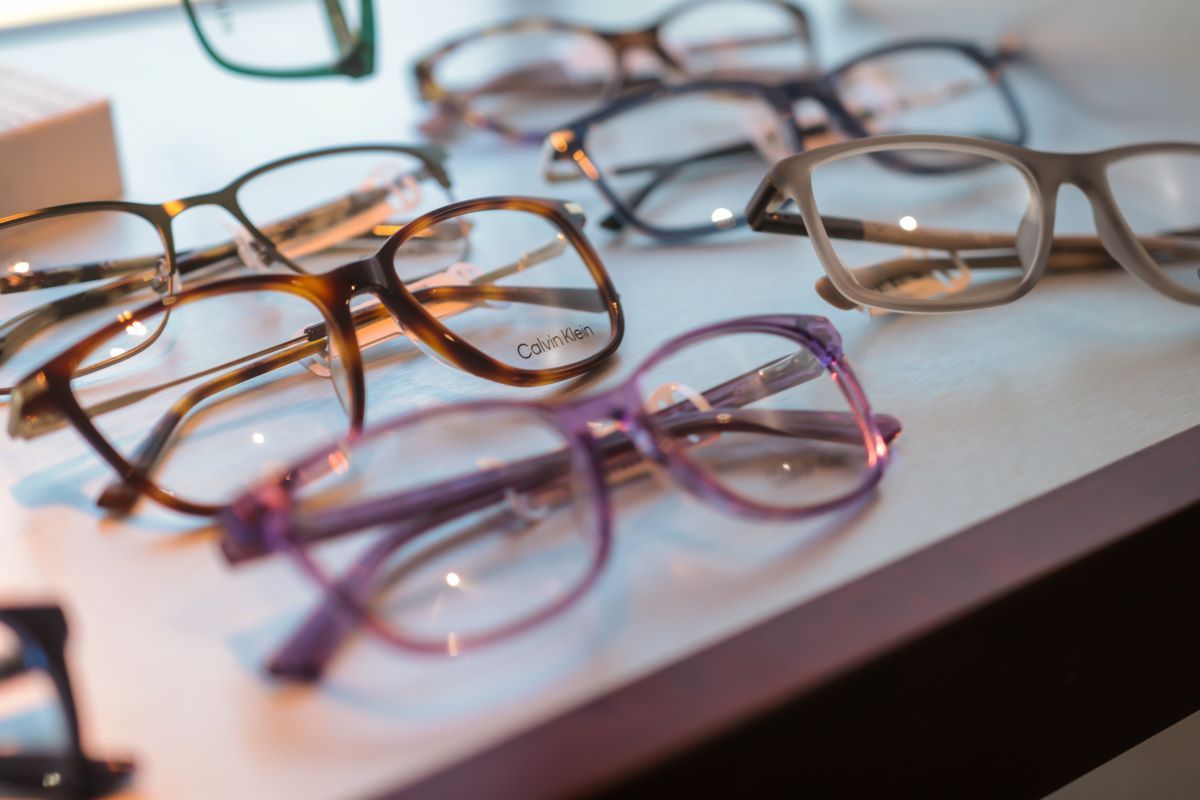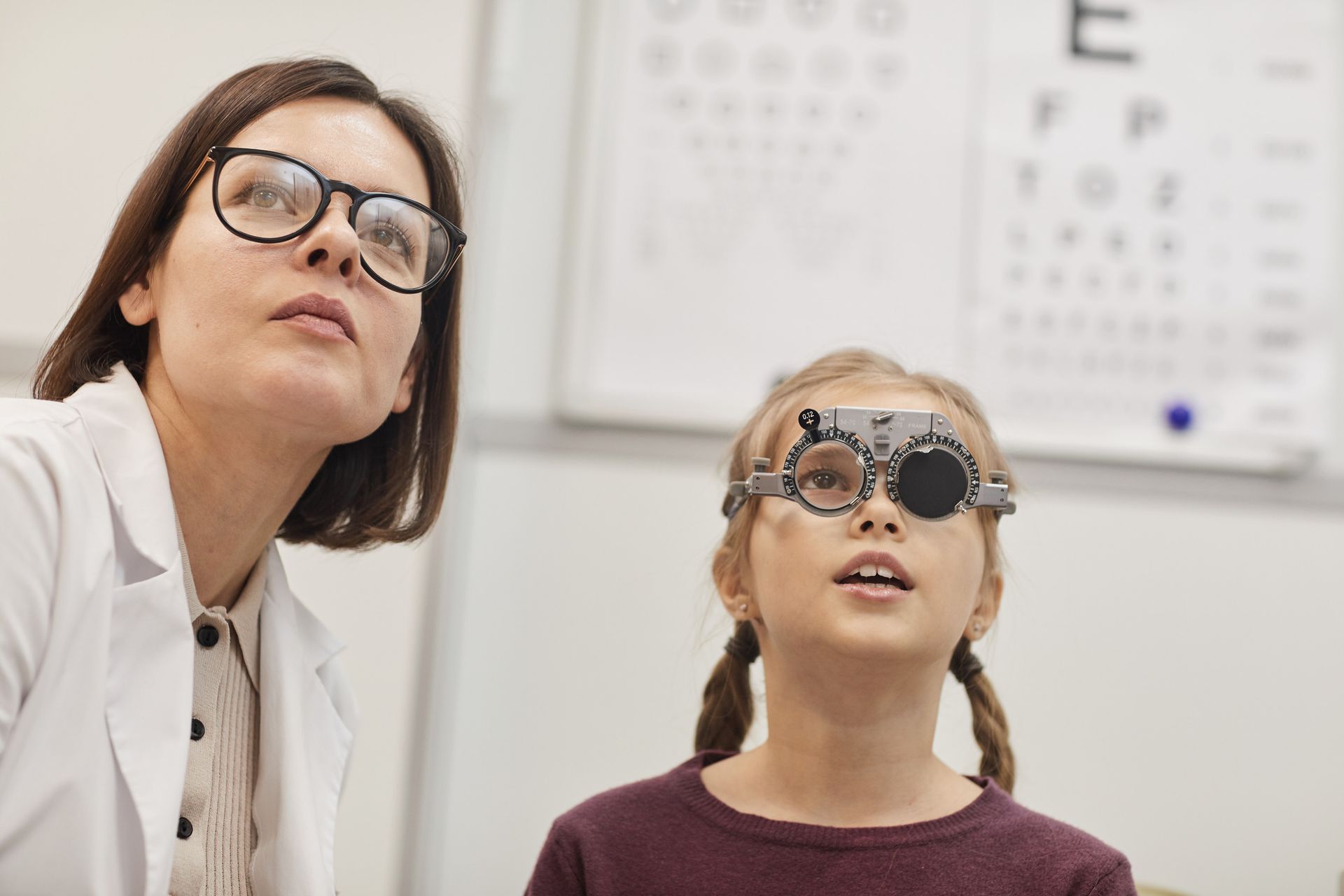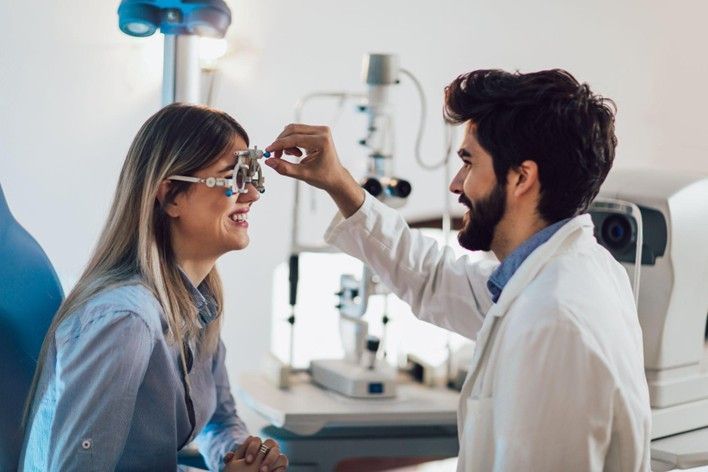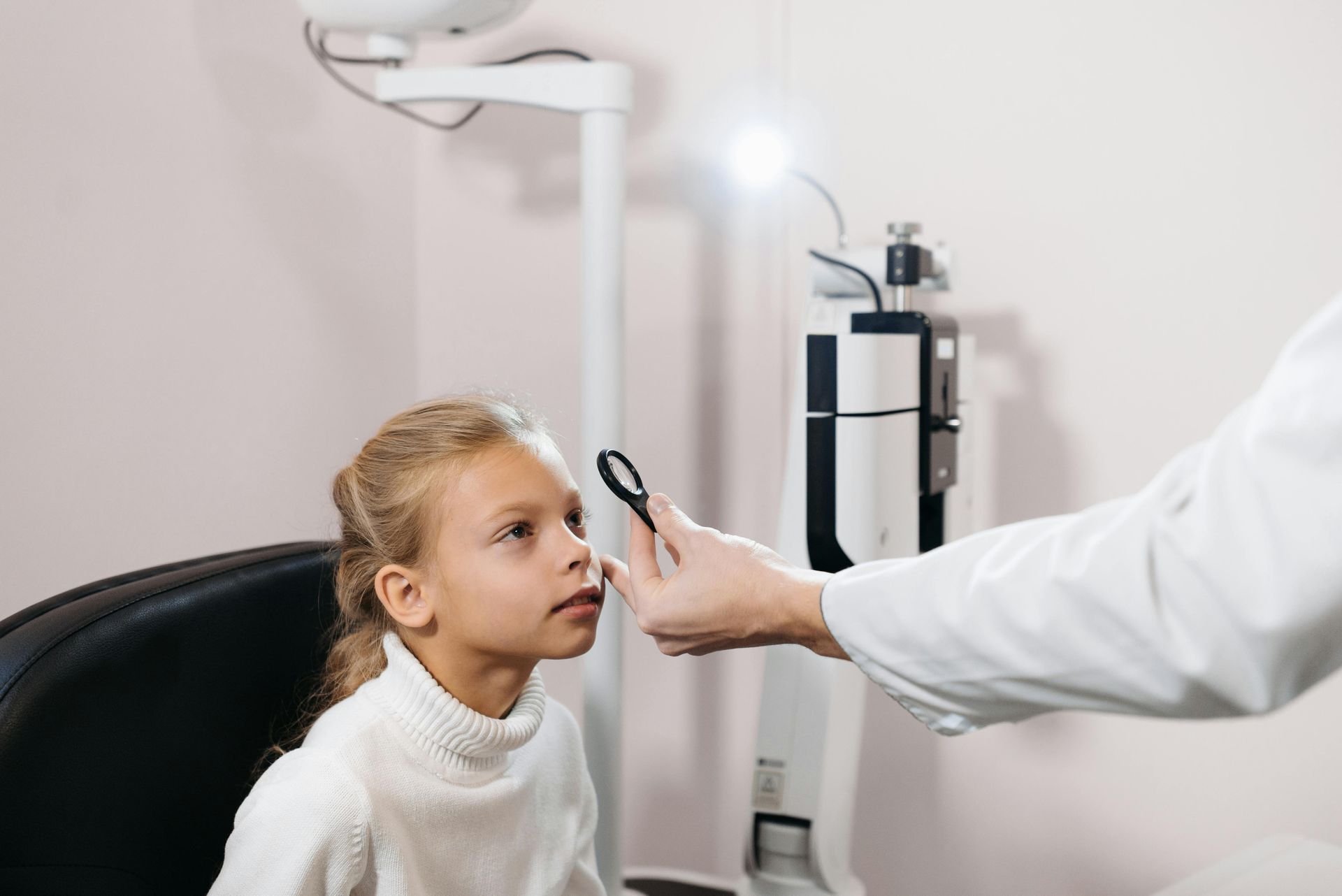Top Mistakes to Avoid If You Have Dry Eyes
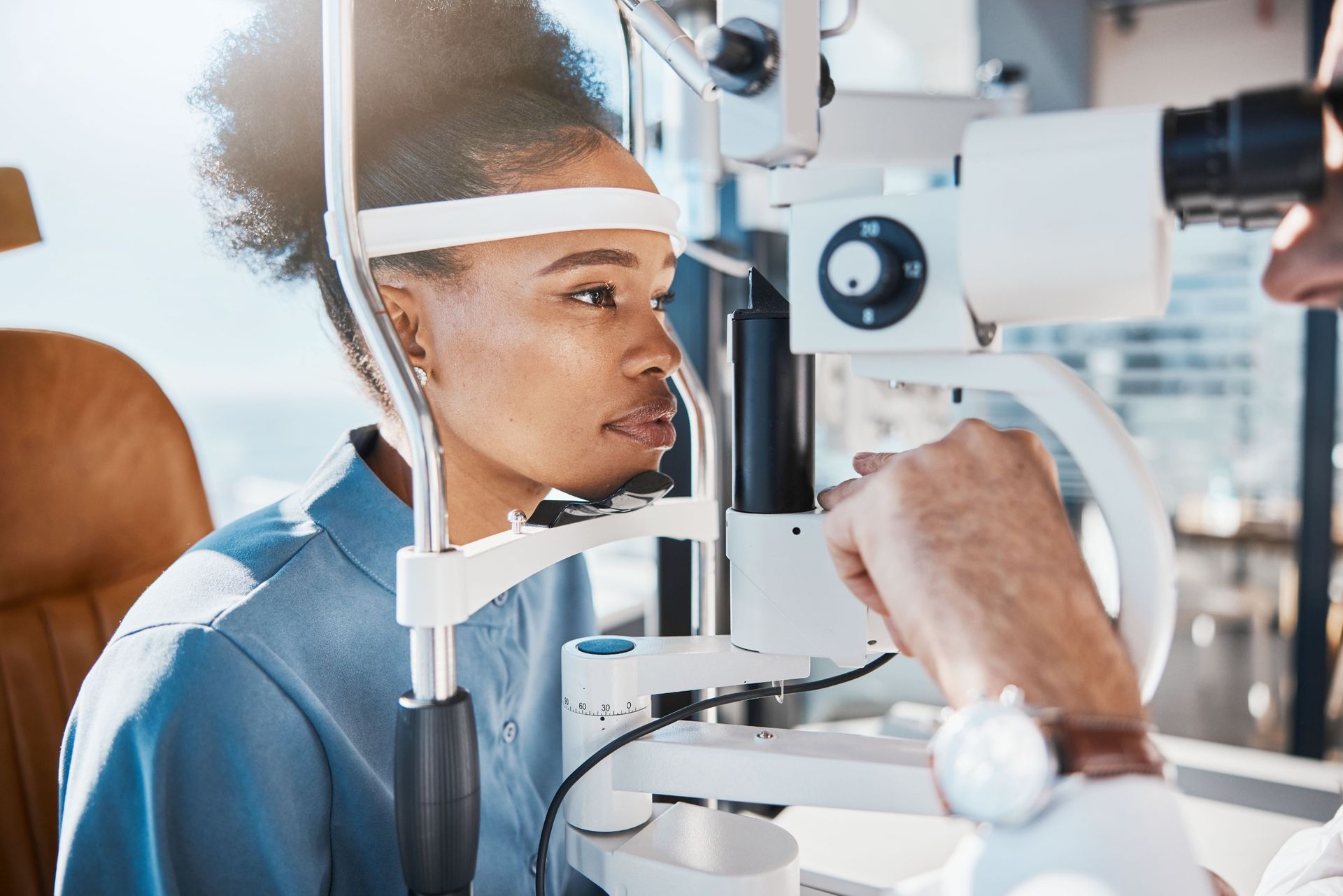
Top Mistakes to Avoid When Managing Dry Eyes
Dry eyes can be a persistent and irritating condition, affecting vision and overall quality of life. Mistakes in managing this condition can worsen symptoms or hinder treatment effectiveness.
Here are the top six mistakes to avoid if you have dry eyes.
Using the Wrong Eye Drops
Not all eye drops are created equal. Many over-the-counter (OTC) artificial tears contain preservatives that can worsen dry eye symptoms with prolonged use. Choosing the right type of eye drops for your condition is essential. Doctors generally recommend using preservative-free artificial tears frequently.
Moreover, you might mistakenly use redness-relieving drops, which can reduce redness but do not provide the necessary moisture for dry eyes and can cause rebound redness. Consult an eye care professional to determine the best eye drops.
Overlooking the Importance of Blinking
Prolonged screen time significantly contributes to dry eyes in our digital age. Staring at screens reduces your blink rate, which is important for spreading tears evenly across the eye surface. This reduced blinking can lead to increased tear evaporation and worsen dry eye symptoms.
Remember the 20-20-20 rule: every 20 minutes, take a 20-second break to look at something 20 feet away. Consciously remind yourself to blink more often when using digital devices to help maintain eye moisture.
Ignoring Environmental Triggers
Dry air, wind, smoke, and air conditioning can increase tear evaporation. Ignoring these triggers can worsen your condition. Use a humidifier in your home to add moisture to the air, especially during winter or dry climates.
Wear wraparound sunglasses to protect your eyes from wind and dust outdoors. Avoid smoking and exposure to secondhand smoke, as it can irritate the eyes and reduce tear production.
Neglecting Proper Eyelid Hygiene
Proper eyelid hygiene is critical in managing dry eyes, particularly if you have blepharitis or meibomian gland dysfunction. These conditions can clog the oil glands in your eyelids, leading to faster tear evaporation.
Neglecting eyelid hygiene can aggravate dry eye symptoms. To keep the oil glands functioning properly, incorporate daily practices such as warm compresses and gentle eyelid massages. Cleaning your eyelids with a mild, non-irritating cleanser can also help maintain good eyelid health.
Skipping Regular Eye Exams
Regular eye exams are essential for monitoring and managing dry eye syndrome. Skipping these exams means you might miss out on identifying underlying conditions contributing to dry eyes, such as Sjogren's syndrome, rheumatoid arthritis, or thyroid disorders.
During an eye exam, your optometrist can assess the severity of your dry eyes, recommend appropriate treatments, and adjust your care plan as needed. Regular check-ups ensure that you receive timely and effective management for your condition.
Inconsistent Treatment Adherence
Consistency is key when treating dry eyes. Many treatments, whether artificial tears, prescription medications, or lifestyle adjustments, require regular use to be effective. Inconsistent adherence to treatment can lead to fluctuating symptoms and reduced overall effectiveness.
Establish a daily routine for your dry eye treatments and stick to it, even if your symptoms seem to improve. Consistency helps maintain eye comfort and prevents symptoms from returning or worsening.
Want to manage your dry eyes effectively? The eye care professionals at Optometric Associates of Southern Maine can help you with personalized advice and treatment options tailored to your needs. Contact us today to schedule an eye exam.
